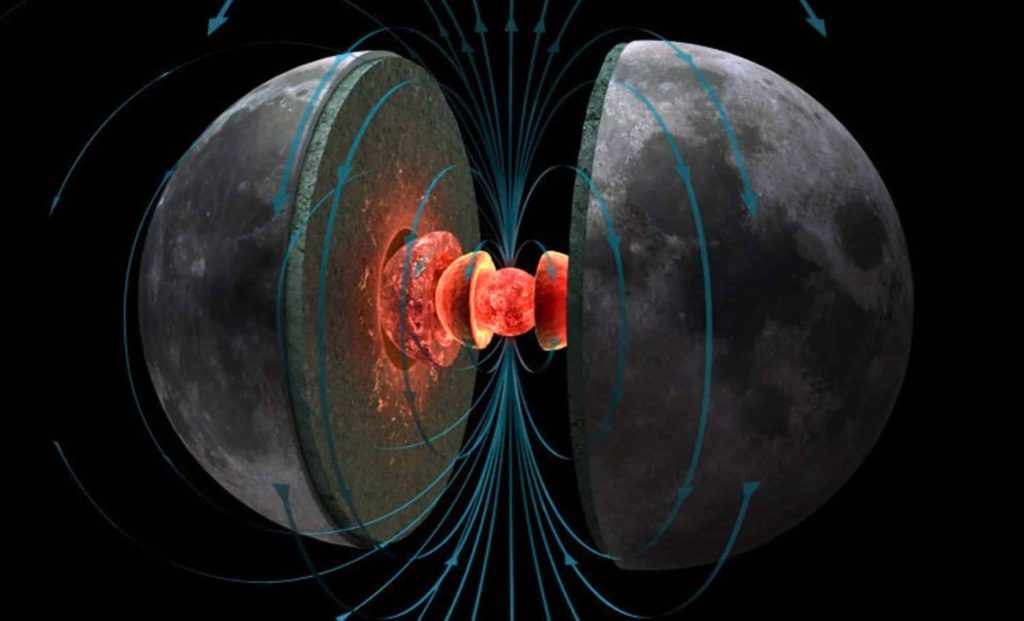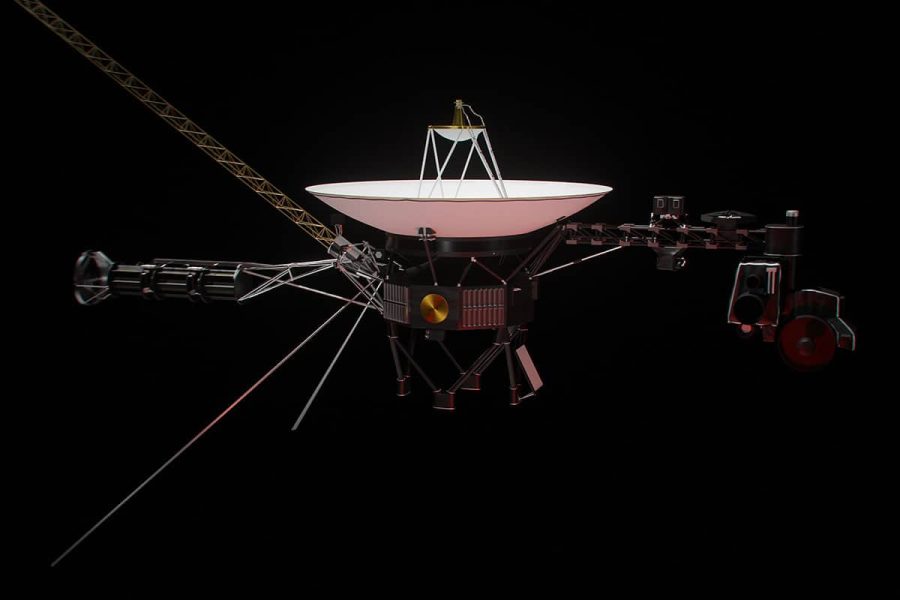The Moon’s Middle Age Surprise: Evidence of a Long-Lost Magnetic Field – Indian Defence Review

For decades, scientists believed the Moon was a lifeless rock devoid of a magnetic field. However, groundbreaking data from China’s Chang’e 5 mission has flipped this assumption on its head, revealing that the Moon clung to a magnetic field deep into its midlife—a revelation that could redefine our understanding of lunar history and its potential resources.Launched in December 2020, the Chang’e 5 mission marked a historic moment as it brought back the first lunar samples in 44 years. The mission retrieved 3.82 pounds (1,731 grams) of lunar material from the Moon’s Oceanus Procellarum (“Ocean of Storms”) region, specifically near the Mons Rümker volcanic formation. These samples revealed weakly magnetized rocks dated to 2 billion years old, challenging the assumption that the Moon lost its magnetic field billions of years earlier.In research published in Science Advances on January 1, 2025, scientists led by Shuhui Cai of the Chinese Academy of Sciences analyzed these samples and found evidence of a magnetic field ranging from 2,000 to 4,000 nanoteslas. This strength is remarkable considering the Moon’s current lack of a global magnetic field.Key discoveries from Chang’e 5 include:These findings add to previous surprises, such as evidence of lunar volcanic activity only 125 million years ago, discovered in earlier Chang’e 5 studies.Planetary magnetic fields arise from the dynamo effect, where a planet’s rotation and a molten, convecting interior create an electric current. The Moon likely had such a system in its early history due to tidal forces from its proximity to Earth. Over time, as the Moon cooled and its interior solidified, the dynamo faded.Today, the Moon retains only small, localized magnetic regions, such as the Reiner Gamma swirl, a distinctive 120-mile-long feature in Oceanus Procellarum. These regions may be remnants of a once-global magnetic field. Scientists now believe this magnetic field persisted into the Moon’s midlife, providing clues about its internal structure and geologic activity.The presence—or absence—of a magnetic field significantly impacts the Moon’s surface environment. Without a field, solar wind particles bombard the surface, producing compounds like hydroxyls, water molecules, and Helium-3. These substances are considered critical for future lunar exploration and resource use.However, if the Moon retained its magnetic field for much of its life, solar wind interactions—and therefore water production—could have been more limited than previously thought. This raises concerns for upcoming missions like NASA’s Artemis program, which aims to use lunar water for sustainable exploration.The Moon’s unexpected magnetic longevity not only reshapes its geologic narrative but also forces a reassessment of its resource potential. As missions from NASA, China, and other nations target lunar exploration, the Moon continues to offer surprises that may alter the course of space exploration forever.Got a reaction? Share your thoughts in the commentsEnjoyed this article? Subscribe to our free Newsletter for engaging stories, exclusive content, and the latest newsComment Save my name, email, and website in this browser for the next time I comment.
© 2024 | Indian Defence Review | All rights reserved






